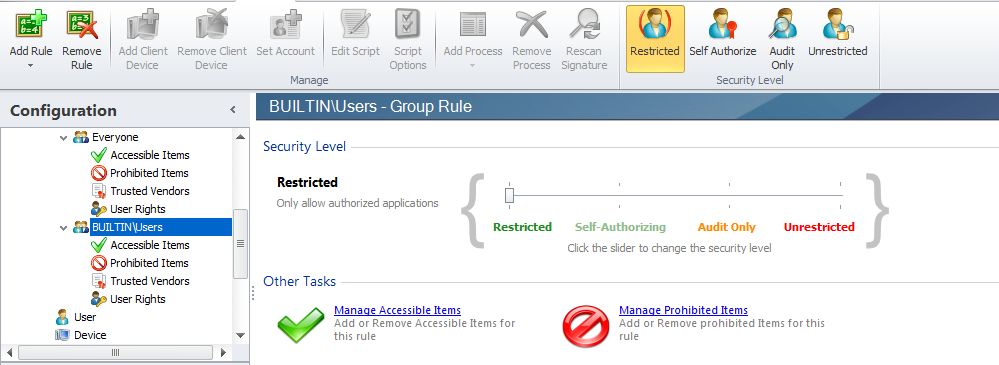

- #DATETIME MINUS MINUTES APEX UPDATE#
- #DATETIME MINUS MINUTES APEX CODE#
- #DATETIME MINUS MINUTES APEX FREE#
#DATETIME MINUS MINUTES APEX FREE#
If you need to adjust to another time zone, do feel free to use the TimeZone class, but be aware that using a time altered by addSeconds(tz.getOffset()/1000) may return incorrect results if you're querying the database, etc. I recommend that you consider asking about whatever was originally stopping you before, because it's most likely a misunderstanding about how DateTime works. DateTime values are always in GMT, and accommodate themselves for you as necessary. Per my original comment, whatever you think is going on isn't what's going on. Function to calculate time delta def timedelta(y,x): end pd.todatetime(y) start pd.todatetime(x) delta (end-start) return delta create new RDD and add new column 'Duration' by applying timedelta function df2 df.withColumn('Duration', timedelta(df.EndDateTime, df. bug shows the GMT value, and by calling hour(), minute(), and second(), I received the local time. In my org, I ran it just a few seconds ago, and came up with the following values:ġ7:21:03.1 (1425986)|USER_DEBUG||DEBUG| 23:21:03ġ7:21:03.1 (1452095)|USER_DEBUG||DEBUG|17:21:3Īs you can see, it's 21 minutes past 5 PM in my local time zone. Integer hours = now.hour(), minutes = now.minute(), seconds = now.second() bug, coincidentally, always displays GMT. So when it's done, it returns how many emails it actually sent and if that number = 10, the job is scheduled to run again immediately (there's generally a 15 minute delay) until everyone has been emailed (less than 10 returned).DateTime values are represented by an epoch time in GMT, and converted to the appropriate date/time when requested via the appropriate methods. Each time it's run, the method is tracking which users have been emailed and only emails people that haven't received it yet that day. So, for instance, I have jobs that send out emails but I can only send out 10 emails at a time. The intMagicNum is something I had to include because some of the methods I run have to be run in chunks otherwise they hit Apex governor limits. then it is a week days or if greater then 5 then subtract extra days using add. Date myDate Date.today () Date weekStart myDate.toStartofWeek () Now find difference between your current date and weekstart days. The code, minus some irrelevent bits, is below. Returns the start of the week for the Date that called the method, depending on the context user's locale. I even have a job which deletes old Scheduled Job records so it doesn't get too cluttered. Since I have a few different jobs running this way, the Scheduled Job includes fields to indicate which method to run, the time it should be set off (I store it as military time and convert it to a datetime in the code).
#DATETIME MINUS MINUTES APEX CODE#
Each time a job is run, in addition to whatever code I want run, I have Apex insert a new Scheduled Job record with the Next Run Datetime and Schedule = true, so the process starts over again.
#DATETIME MINUS MINUTES APEX UPDATE#
When it runs, all it does is update a "Run Job" field which sets off the Apex code. One of the fields in Scheduled Jobs is "Next Run Datetime" and there's a workflow rule that is set to run 0 hours after that datetime.

The workflow rule is triggered by a checkbox field called "Schedule".

The anecdotal explanation: I created a custom object called Scheduled Jobs which I use to set off a workflow rule. I believe SF is working on providing this functionality, but until then, feel free to make use of the code below. What this allows you to do is both schedule code to run at particular times, and what I added on to his work is the ability to break processes into chunks that won't hit the governor limits so that large processes can be scheduled as well. My initial inspiration for this was work done by Steve Anderson that he shared on his blog, which is a great resource. This does still make sense in cases where the code to be scheduled isn't being run on a regular, periodic basis but instead should be triggered based on criteria in your data.įirst off, credit where credit is due. There are some scenarios were the code below may still make sense to implement, but this was originally a workaround to get around Salesforce's lack of scheduling for code, so be sure to research Scheduled Apex before deciding if this is useful to you.

Update 12/15/11: It's worth noting to anyone stumbling onto this page that Salesforce has since implemented functionality internally to Schedule Apex.


 0 kommentar(er)
0 kommentar(er)
